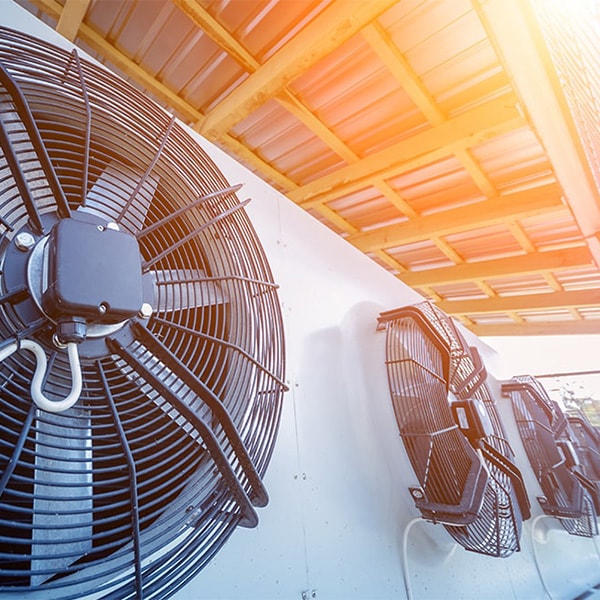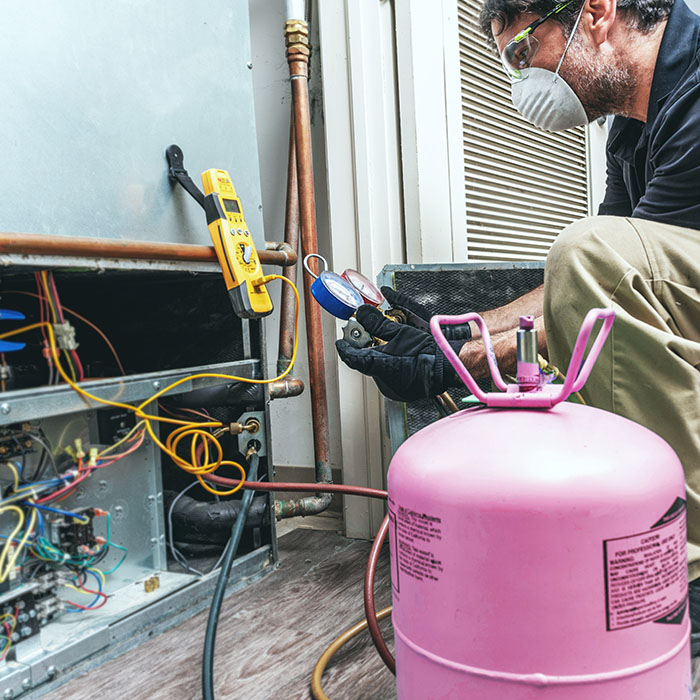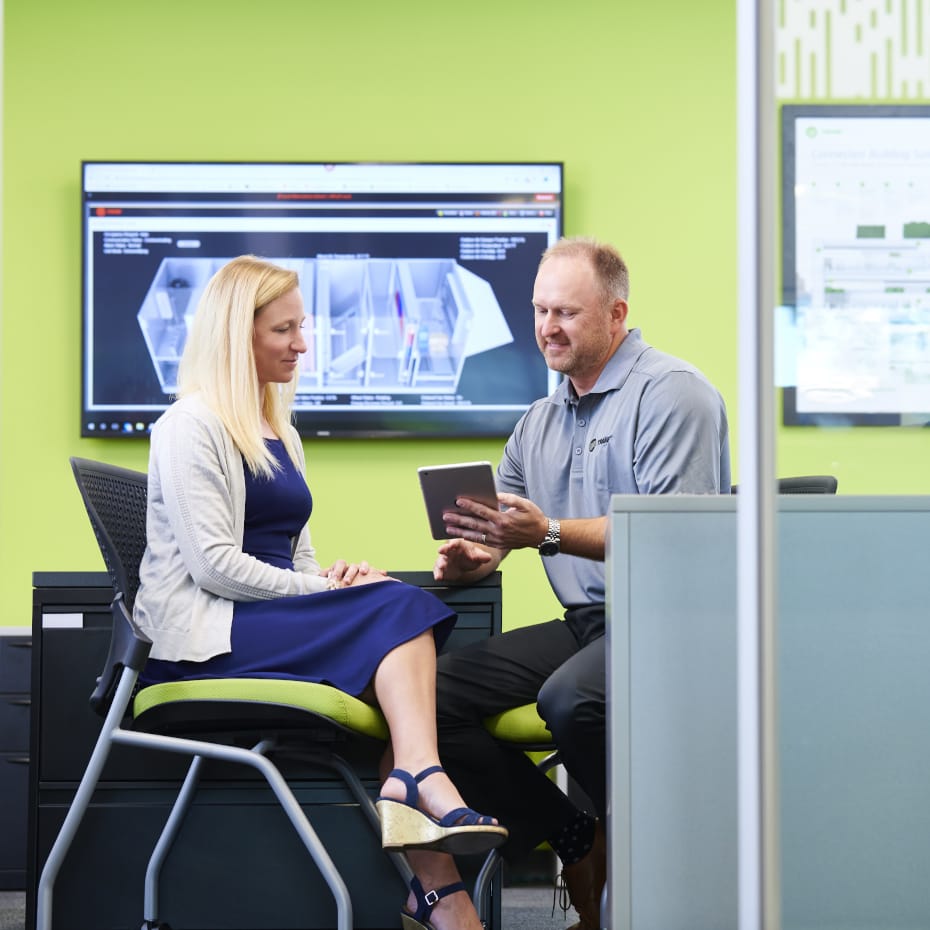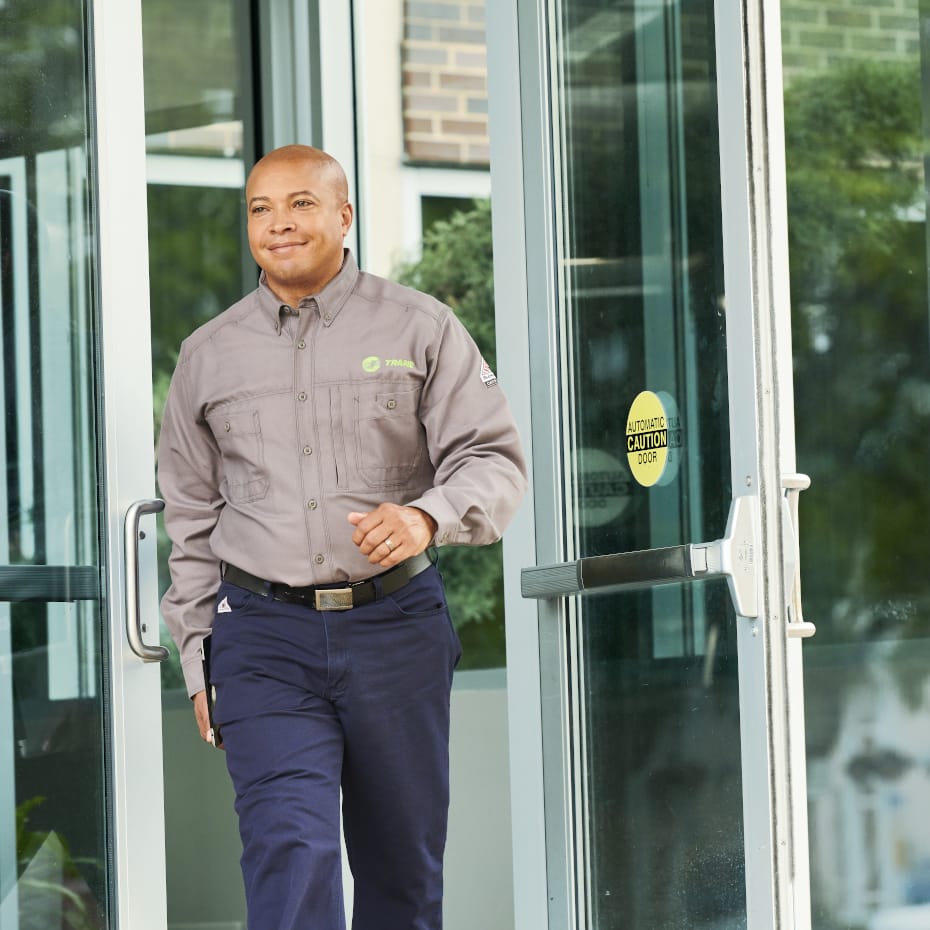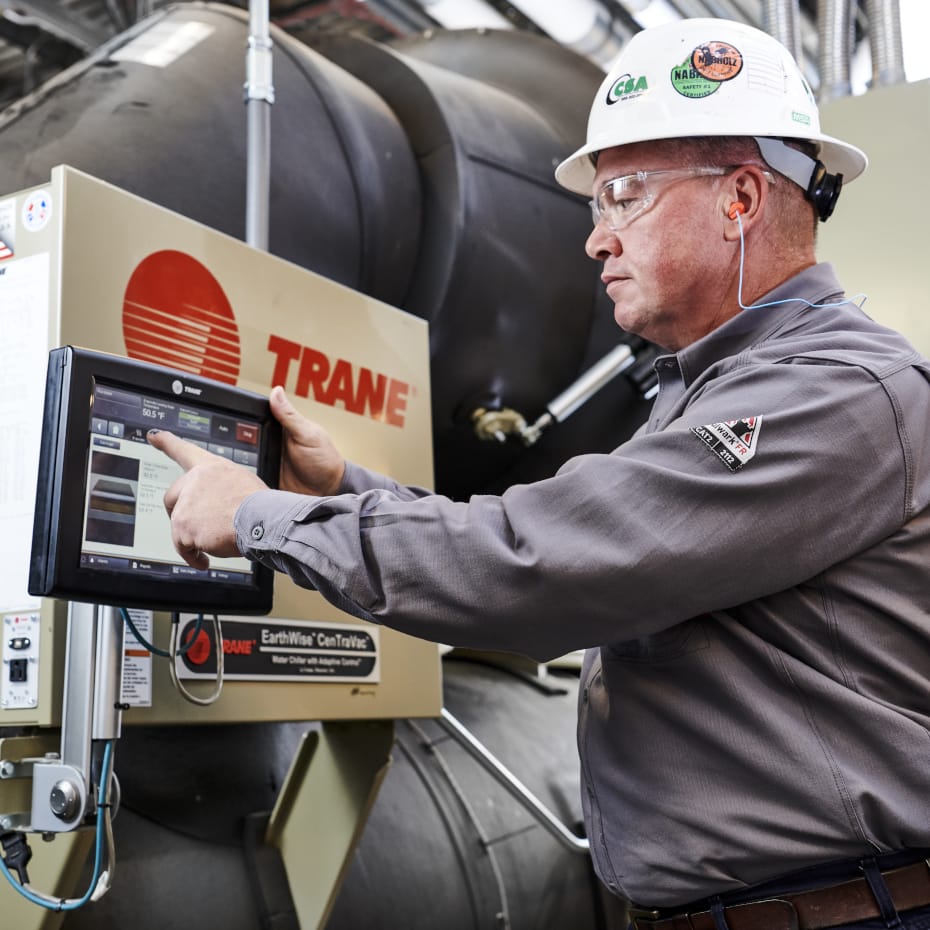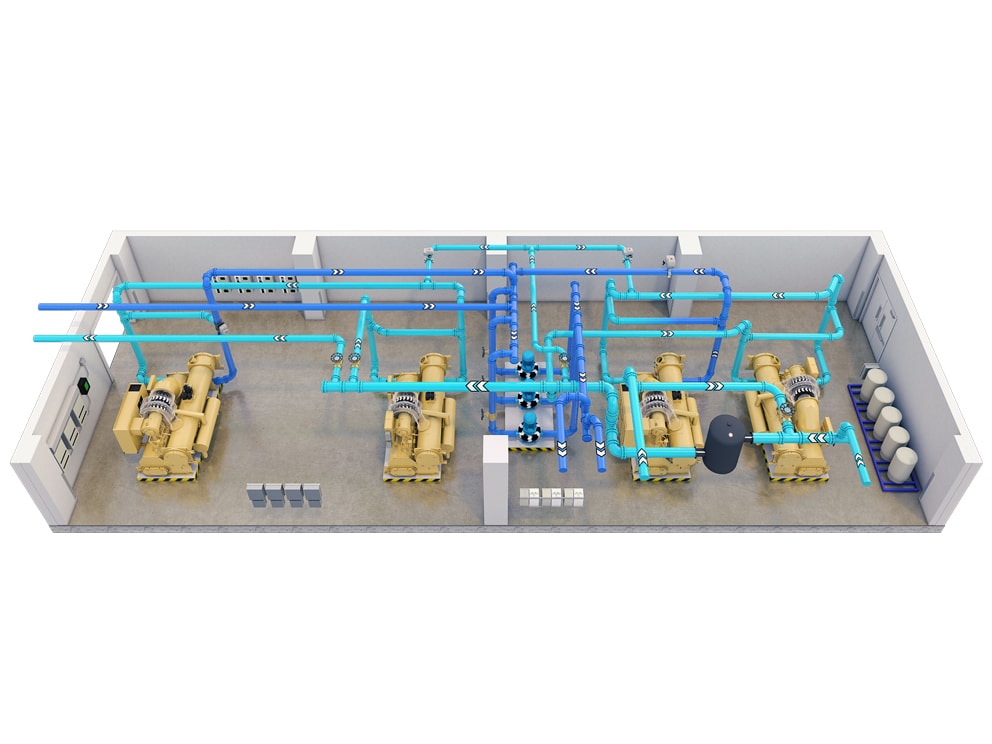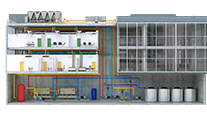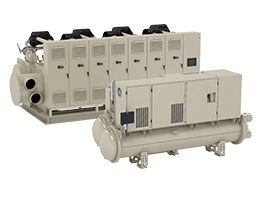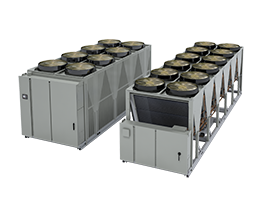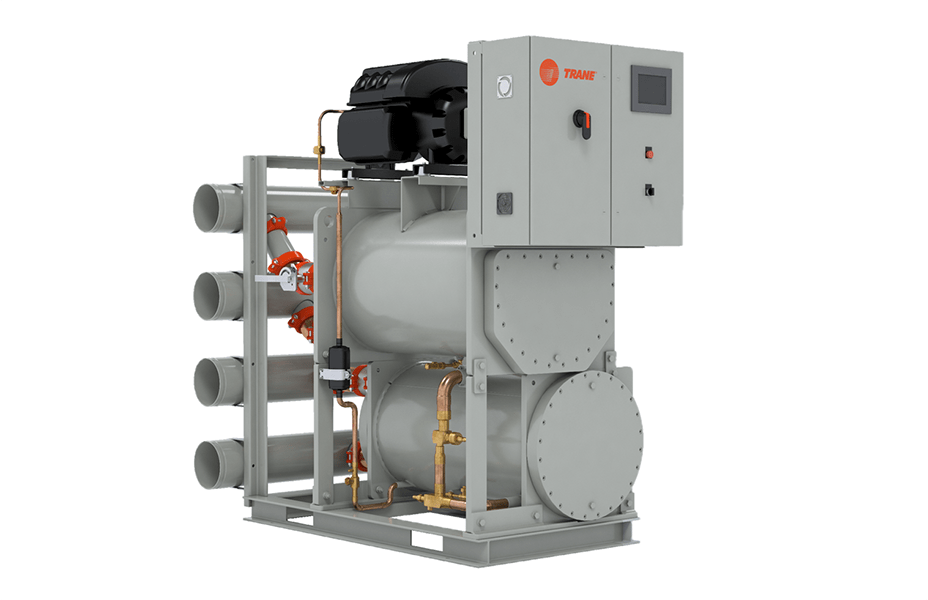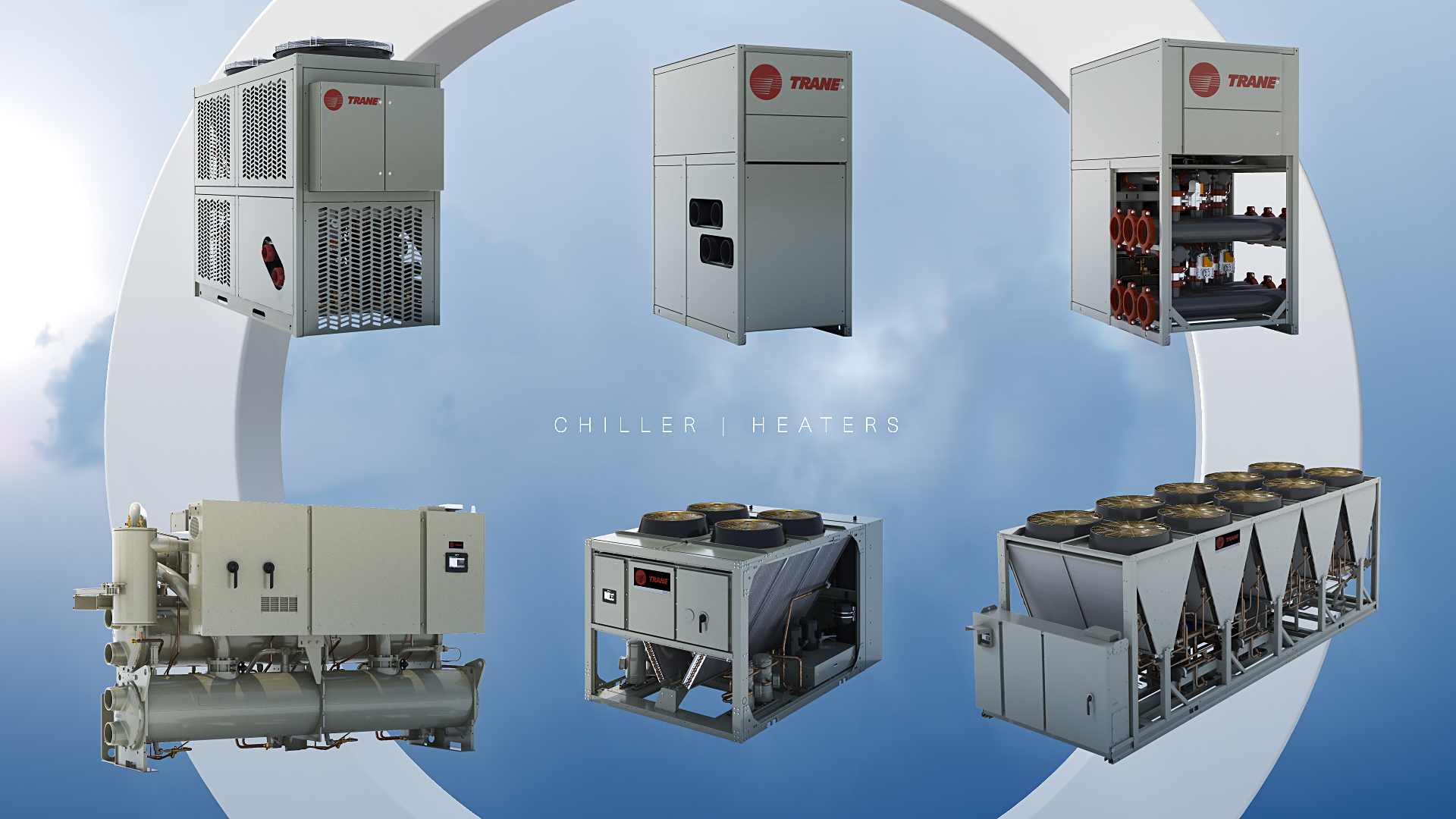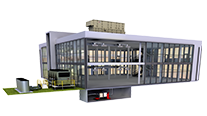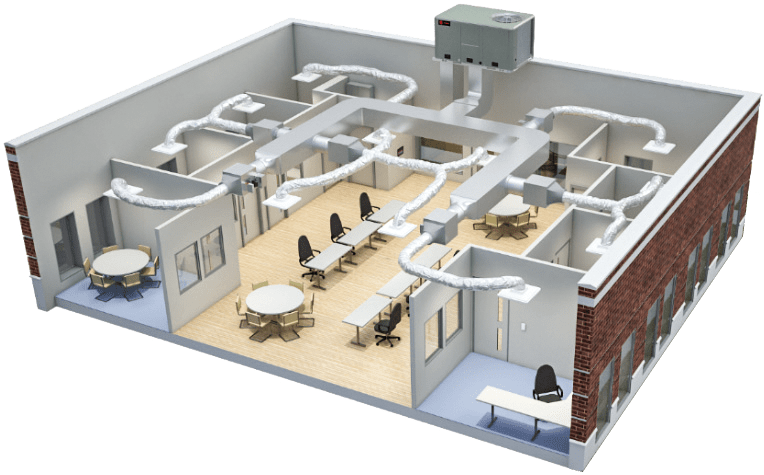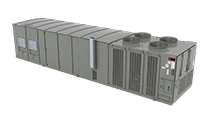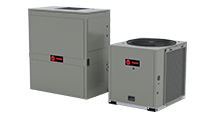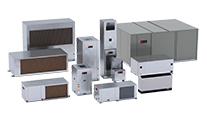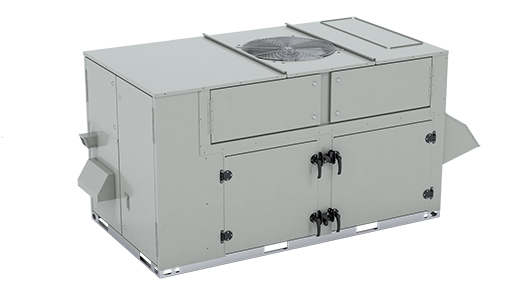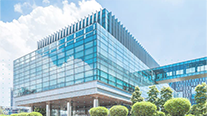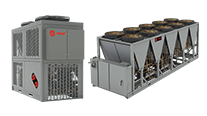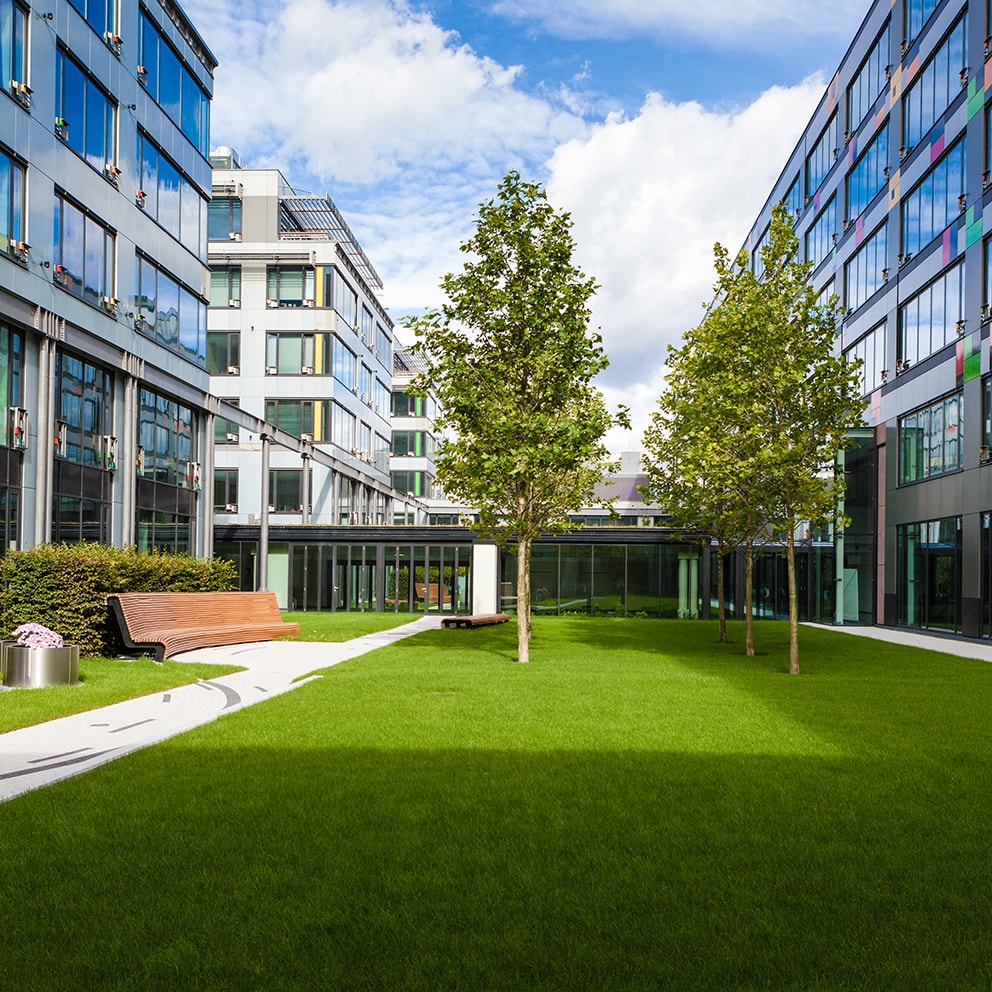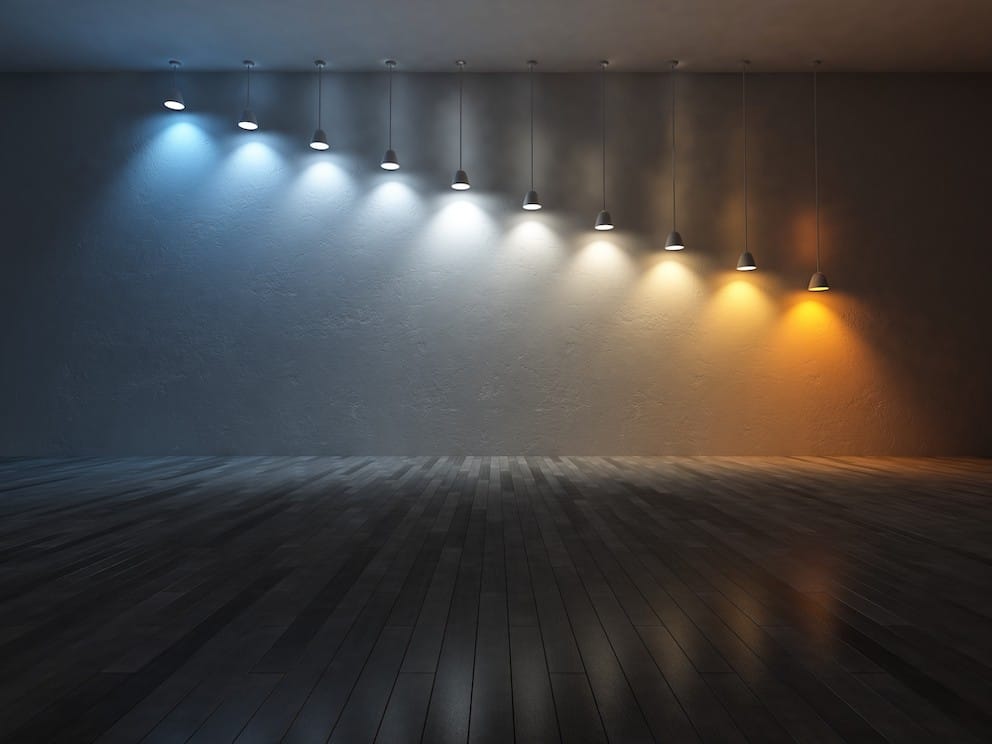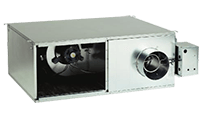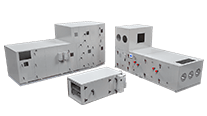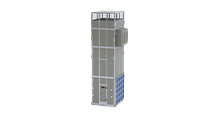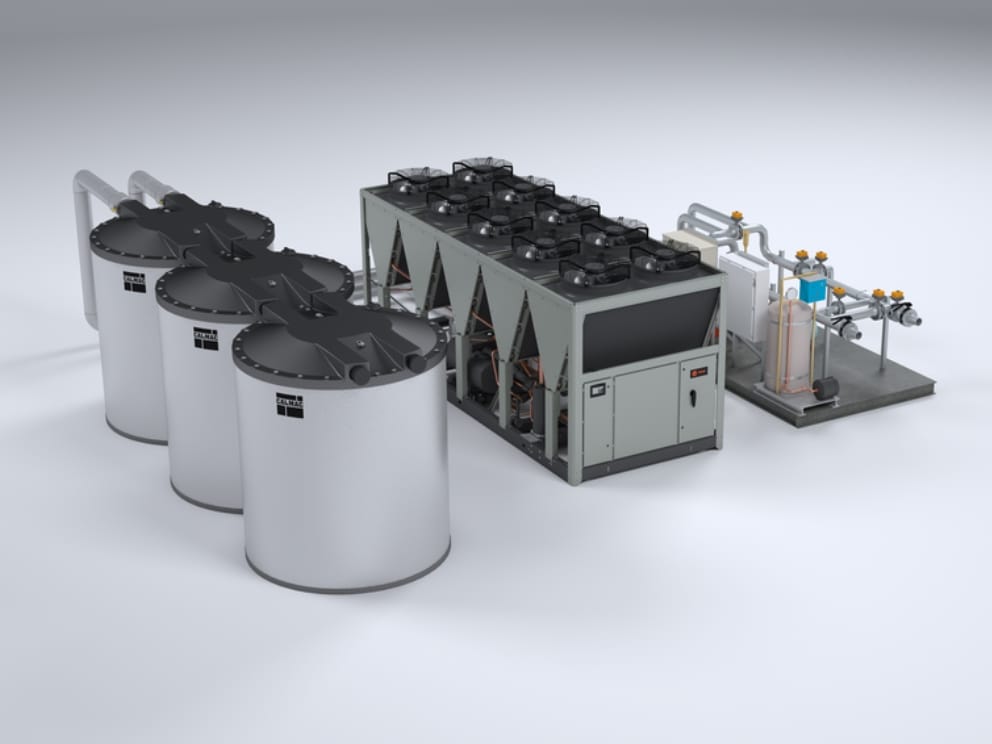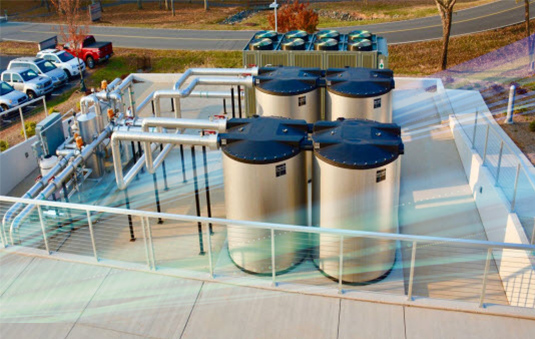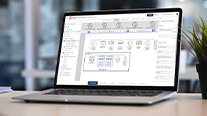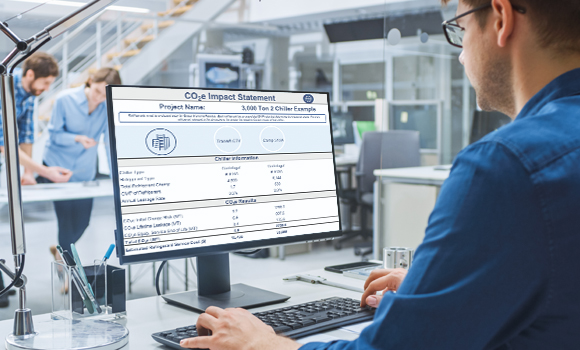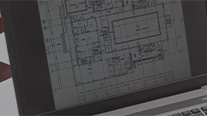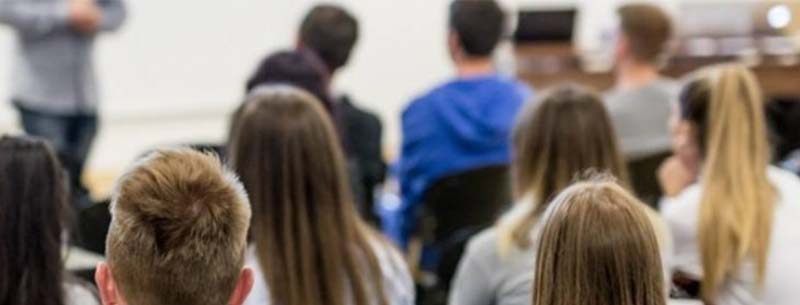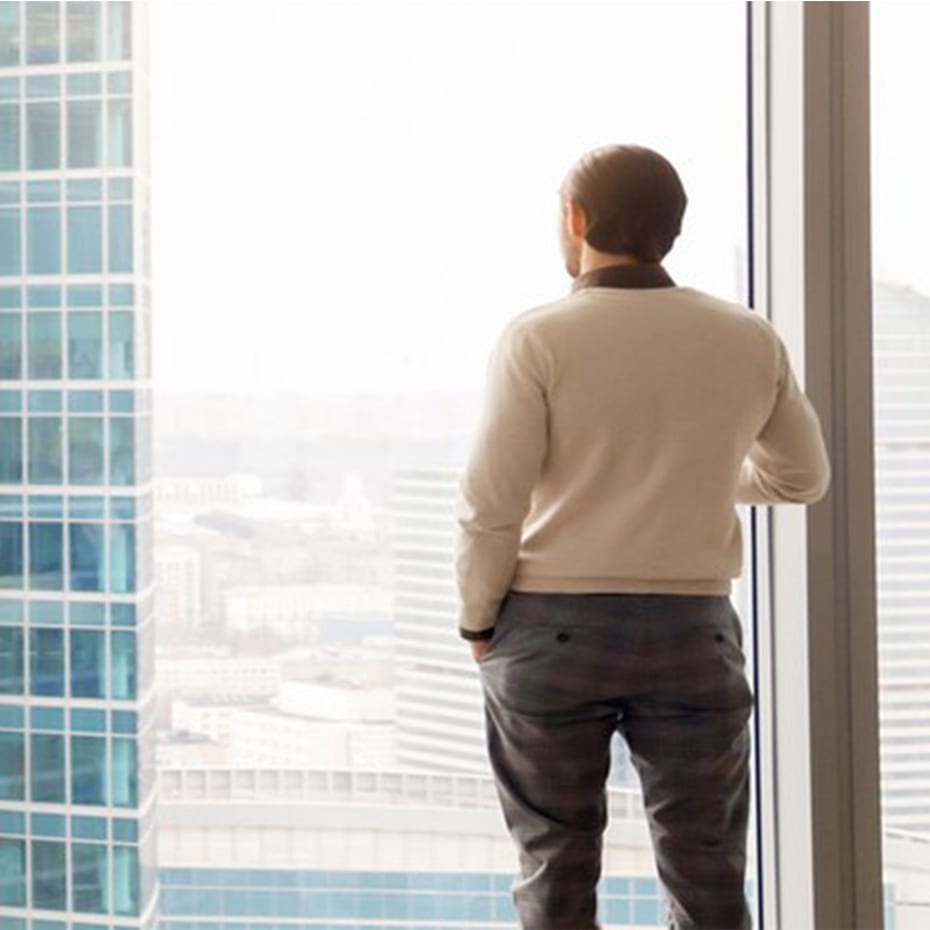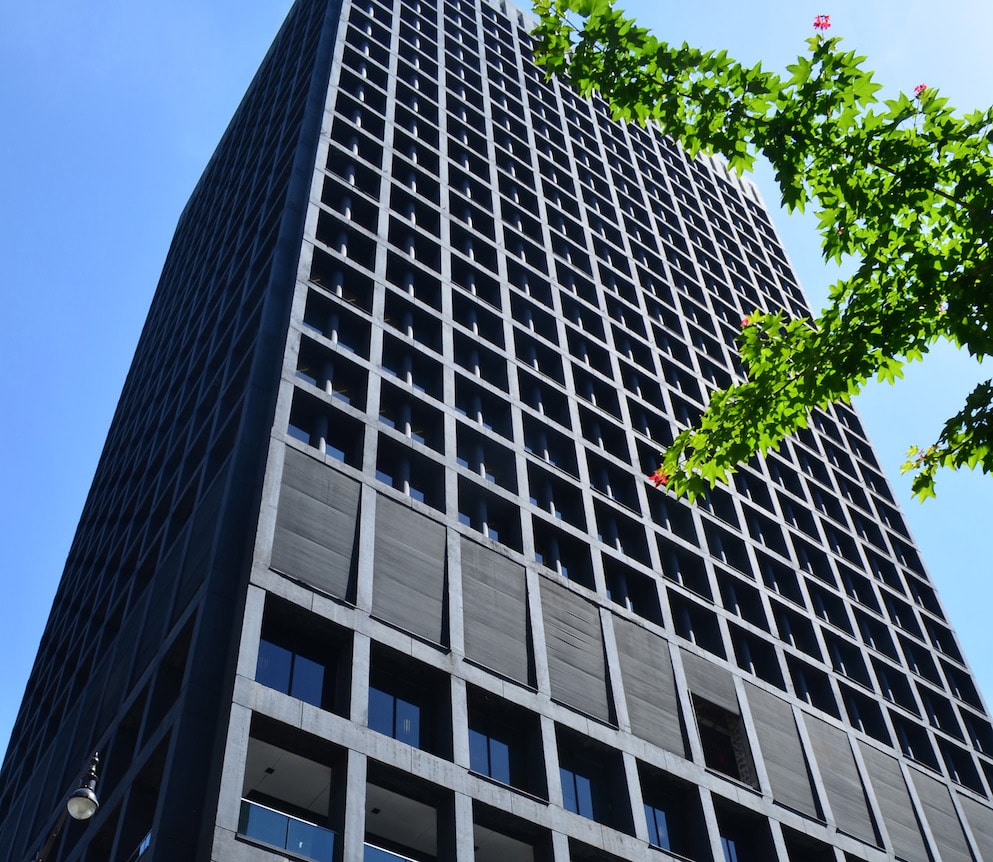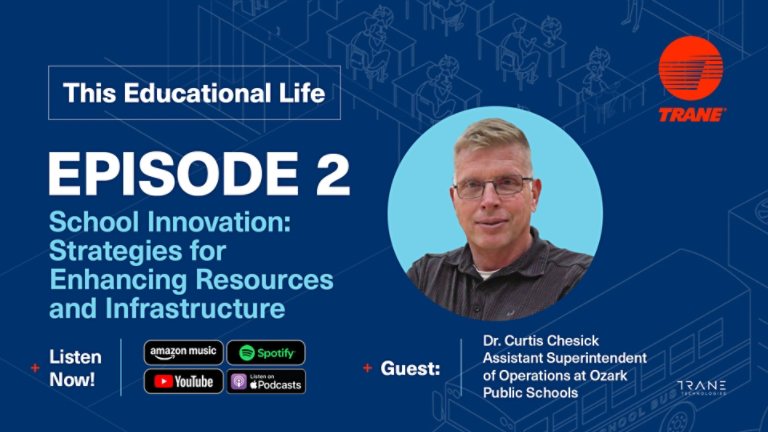Curtis: The reality is, as I look at buses, kitchens, construction, buildings, the dollars are decreasing, but all that is increasing. So the biggest challenge for me is getting everybody to understand that money's limited.
Mariah: That's Dr. Curtis Cheick, the Assistant Superintendent of Operations at Ozark Public Schools.
In today's episode, we are talking money. Specifically, how do you maximize every dollar In education, budgets are tight, costs are rising, and schools are being asked to do more with less all the time. But for leaders like Dr. Cheick, the challenge isn't just about balancing the books, it's about thinking differently and finding creative solutions to fund the future of education.
Welcome to this Educational Life, a podcast by train. I'm Mariah Presley. The education and industry programs leader for Trane, and in this episode we're diving into how districts can make their budgets go further and use industry collaboration to improve learning environments for students and teachers without breaking the bank.
Dr. Cheick has spent nearly 30 years in education moving from the classroom to district operations and even into leadership. Now he serves as the assistant superintendent in Ozark. A fast-growing community in Missouri where he's tackling a big challenge, growing opportunities for students while managing limited resources from funding shortfalls to aging buildings.
Curtis has had to find innovative solutions to keep the district moving forward.
Curtis: So really it goes to the growth, right? So yeah, we are a bedroom community. We're in an old factory, right? Right. So the factory is left and now it's a school. So that's come off the tax rolls. So in Missouri we fund public education 50% from the state and 50% locally.
As your student count grows, you have to start building buildings and maintain the ones that you have. But our tax base isn't growing because our industry is leaving. So how do we manage our load? How do we take advantage of what we have? So that's where the innovation center, just in building aspect alone, was innovative.
We had to add a new high school, which is a 60 to $70 million ad. We bought the building for $4 million. We renovated it for just under $20 million. We furnished it with another two, so we actually were about a third. The cost of new construction. We have a state-of-the-art wonderful building with great controls and great systems inside of it.
So when we look at just across the district, how do we continue to fund the stuff that we have with a shrinking budget? In reality, I mean, it's the same budget, but when you look at inflation and everything that's going on, right? In 2007, we built a new elementary for about $20 million. That same elementary today would cost us upwards of 40 to $50 million.
Mariah: Wow.
Curtis: So we're trying to maintain what we have, and we found a creative way to fund that and cover it.
Mariah: Yeah, and that's kind of what I think of when I hear about the Ozark story from some of my train counterparts. And what you guys have done is like that creative approach to funding and using those resources that are available in a new way to bring together kind of a greater end game.
And you've really done that in a lot of ways. Talk to me about kind of your day to day and some of those things when it comes to this need to innovate and need to grow, do more with less, if you will. How does that show up for you? What are some of those challenges that you are running into in your role specifically?
Curtis: The reality is, I mean, so as I look at buses, kitchens, construction, buildings. The dollars are, are decreasing, but all that is increasing. So it's even, you know, you put carpet in and you're like, okay, carpet's great. It's gonna be wonderful. Well, everybody wants their carpet replaced every five years because kids tear carpet up and they spill things on it.
So the biggest challenge for me is, is getting everybody to understand that money's limited. So that's where it really is. It's, we constantly are looking for creative ways to get things done.
Mariah: Yeah. And so can you ever think of like, kind of a point in time, you've done some really big things in the last kinda year, year and a half.
Was there like a moment for you where it was, uh, like a specific story or example where you're like, we've gotta do something differently? I.
Curtis: So I think everybody goes into a job with a checklist. Yeah. At least I hope everybody goes in with, Hey, I wanna leave this better than I found it.
Mariah: Right.
Curtis: And that's really what I've worked with my directors.
That's the one thing is I acquired a position where the roofs were, were horrible. The HVAC in in several buildings was horrible. Last year I walked into a, um. Spoiler closet that I thought I was gonna die. I thought, there's no way I'm gonna get to the other side to hit the kill button. Yeah, you wanna leave it better for the next person.
So as we look at that checklist, the one thing that was on there is, is I wanted to make sure that we took care of the high school.
Mariah: Yeah,
Curtis: that's been a problem. And at the beginning of the year and the end of the year when it was just a hundred degrees outside and inside it was 85, 90 degrees in classrooms.
Kids aren't learning, teachers aren't being successful. Right. So that was the last thing on my checkbox, I think, is how can we fix that issue?
Mariah: South Missouri summers are no joke. Right. Can you elaborate a little bit more on, on your thoughts on the learning environment and, and how some of these challenges that you are experiencing might affect that?
Curtis: It's so important that our people understand that kids can't learn in a dirty room, even just a cluttered room. So from the custodial staff to set up and have a clean room for kids to come into where there's not clutter on the floor or the desk, the trash has been emptied. They feel comfortable,
Mariah: right?
Curtis: If it's hot, they're not gonna learn. If the CO2 level's too high, kids are getting headaches, they're getting tired, if it's too humid, I mean humidity actually, I, I think, has a greater impact. On comfort more than the temperature. Mm-hmm. So just maintaining all of those and just saying, in the past, well open a window, they'll feel better.
Well opening a window and 85% humid air is coming in and they're just sitting there feeling sticky. You know, it's, it's not really that great of an environment. And we know that if we could give teachers the resources on a curriculum level, they're gonna succeed. On an operation side, if we give them quality instructional facilities, I mean even the furniture.
I mean, are we providing up to date furniture, technology, all of that informa, all that. We're just gonna give them less worries to be concerned about and they get a focus on kids
Mariah: public schools face. Countless challenges, but at the heart of it all is one goal. Creating the best possible environment for students to learn that goes beyond great teachers and a strong curriculum. It also includes the buildings the students learn in every day. For Curtis and his team. The solution wasn't just about finding a quick fix.
Their aim was to maximize the use of district resources. With support from industry leaders like Trane, by focusing on energy efficiency and creative ways to leverage funding incentives, Dr. Chek paved the way forward for a successful project.
Curtis: Well, you know, it started with, Hey, we have this high school. It's never ran, right? Yeah. It's the wrong solution for southwest Missouri. It works great in a desert on a hotel or convention center, but it's not really working for us. How can we fix that? And that's where we started. And of course then we looked at the offsetting tax credits and how we could do energy savings across the district to bring down our, our bills to pay for it over time.
And in that conversation it was, what are your other issues? Well, somebody built a building in 2007 and thought it was a good idea to put heat strips to heat the classrooms with, and that our newest elementary, I. Was our most energy inefficient building. Wow. And our oldest elementary was our most energy efficient building, which it just blows my mind.
So as we started looking at that, we were like, how can we maximize our energy savings across the district? And we really need to take care of West Elementary, which was costing us about $160,000 a year to heat just with electrical strips. So. We added a solar field, which helped offset the cost and gave us a great energy savings.
I'm, I'm watching the ticker every day in about three months. We're just about $40,000 of energy created. Wow. Our South elementary, we're really creative with our elementaries. We put a coordinate direction in front of them and call 'em an elementary school, but, but on our south elementary, our oldest elementary, it was our most efficient, but we still found a way to make that energy neutral and that's probably.
West is good. We're bringing the energy build down, but South Elementary, we just put a new roof on it this summer, and then on that roof we put, uh, new Solar. That building should be energy neutral. So hopefully I get to watch that ticker and watch that become an energy neutral building as well. But it really, it was that whole project of, it started around how do we fix this one problem?
In the original stages, we never went past our original dollar amount. We were able to get some projects done. Within that dollar amount that we didn't really plant. So we looked at South Elementary, it had a boiler. That's the one that I, I was scared to death to go in that room last year.
Mariah: Yeah,
Curtis: we replaced both of those.
We had money left in our contract, so that was a huge win. And at the same time, we were looking at how we can do the same thing at another building, our middle school, but as we're looking at. The amount of gas that we're gonna save in those in the high school and or middle school and South Elementary. I mean, I'm anticipating another 50 to $60,000 worth of savings.
Wow. And just the boilers at South and Middle School, we're gaining a 65% efficiency just by firing them up. So it's a great opportunity.
Mariah: Going back a little bit to the funding piece of this. Because you shared that, you know, funds are, are limited, right? Especially when you look at things like inflation and how the demand or the growth is changing in the district.
So talk me a little bit through some of the decisions you made or, or some of the funding components of this that might've been a little bit more creative or, um, resourceful than maybe some of the approaches we've taken in the past.
Curtis: It was a really good time. There was the 1 79 tax credits. They've always been available to schools in a way.
So we would sign off that, you know, the architects, engineers, and sometimes the builders designed and built an energy efficient building and that money would roll back to them. And some districts that money would offset, you know, the cost. So if an architect got $20,000, 1 79 credit, that would be a either a 50 50 wash or a full $20,000 reduction of, of the bill to the district.
But the change was that the districts could now apply for it and they were eligible for it, which really offsets the cost and um, we're in the process of starting that. But just the rebates in general, I. Again, going back to solar, solar used to be about a 15 to 20 year payoff and it was a 15 year warranty on the solar.
And looking back, that was probably, solar has been around in large quantities for 15 years, so they knew that's what they could warranty it for. And now we're up to a 25 year warranty. So, and the payback is similar, actually a little less, you know, somewhere 10 to 12 year payoff. And with those tax credits, that's even more helpful.
So just the fact that we're able to get more energy efficient at the high school elementary and those two elementaries. And, and we also did, uh, lighting retrofit across the district. We started in-house doing that, but we just didn't have the manpower to do a full scale one. So we had replaced about an eighth of the across the district, but they came in and trained, had it completed across the district in about two months.
In time to hit tax credits and rebates from our local power company that we didn't even anticipate. I even received another $22,000 check back from Liberty this week, which puts that total pretty close to $200,000 in rebates that again, we're known about but weren't really calculated in the repayment.
So we're able to make our, our payments through our lease purchase based on the energy savings that we have and as well as our maintenance savings. You know, we're not putting $150,000 into controls. We're not putting new screw compressors in every six months. So it really just, I mean, I. A perfect alignment of energy efficiency, the change in tax credits, the change in technology with Solar and Trane had that knowledge of our district and the systems overall
Mariah: with strategic planning, the right collaborations and a little creative thinking. Curtis and his team not only found a solution. They unlock unexpected savings and long-term efficiencies. Checks were coming in, maintenance costs were going down, and the district was seeing results they hadn't even planned for.
But beyond the dollars in the energy savings, the impact was felt both in the classroom and in the community.
Curtis: Obviously the, the high school. Hearing kids coming out the, the first day, it's too cold in here. It's too cold. Even to the point where our high school was designed that, Hey, we're gonna have two main gyms and we're gonna have a, an auditorium, but we're never gonna use 'em at the same time.
That's unrealistic. We would never use all three facilities at the same time, so we're gonna put one unit on there. We re-engineered it in the rebuild so that we had a unit for our, our gyms, and we had a unit for our auditorium. So everybody in the district knew that the HVAC at the high school has been an issue for 20 years.
And we had our opening teacher meeting, our opening staff meeting, everybody was there. Custodians, uh, certified, non-certified. Everybody's there. I. And in years past, you know, it's warm, it's stagnant. You can't feel anything moving. Yeah. Because train met their deadline, which was great. We had our opening ceremony in there with all of our staff, and on the gym floor you could actually feel air moving.
It wasn't stagnant, you know, and we had a thousand people in the gym. And, you know, you put a thousand people in any gym and the temperature's gonna rise. Right. But it, man, it was still so comfortable. I mean, just the, the win of, of that. But also, you know, so as the, as the beginning of the year started, we had huge success, but there was, I.
One teacher, and she's great lover to death, but she kept putting work orders in, like, my air conditioner's not working. I was like, this can't be, this can't be. So we really got down and looked at it and the fact of the matter is, is she had a piece of equipment in the ceiling of VAV that had not been working probably for, you know, 15, 20 years, but she never realized it because everybody was uncomfortable, right?
So just getting it fixed allowed us to even take it down to, I'm not worried about the high school anymore. I'm worried about how I can make that one teacher's classroom comfortable for her and the 25 kids that she has in there every hour. Right? So. We went from macro to micro pretty quick and we were able to really troubleshoot a lot of problems.
Mariah: Yeah, that's awesome. That's a really powerful story. 'cause it really does come down to now that you've got that kind of solvency across the board, like how can we really start to maximize some of the like operational excellence pieces? Yeah. And that's where I think it gets really, really fun and interesting.
So Very cool.
Curtis: That's really across the district. In our East elementary, we have a custodian who is great at what he does. He's probably the epitome of if a teacher wants something done, I'm gonna do it. That's great. So he would get in the control system and he would turn things, it's too hot, I don't know what to do, so I'm just gonna turn it off and, and it'll cool down because the heat's, it's just blowing way too much heat.
Train has got in there and they've really adjusted that in the controls. But they've also determined, Hey, you got some valves that are, are some issues. And so we're gonna get those valves replaced over Christmas break. So again, we're getting down to the system as a whole is working, but we're gonna look at why this one teacher's uncomfortable and that custodian shouldn't have to go in and deactivate that device.
Every day at one o'clock just to keep the room comfortable. So yeah, it's across the district that we're able to do that now. Focus on individual classrooms and and student learning.
Mariah: Yeah, that's pretty incredible. Going back to like our very first start of the conversation, you talked about kind of the checklist and the one that you walked in with, and so as you prepare to retire Yeah.
Congratulations by the way.
Curtis: Thank you.
Mariah: How does it feel to kinda leave behind this legacy or, um, these sort of improvements?
Curtis: You know, I, again, go back to the checklist. We're at southwest Missouri where Joplin was a, a huge issue. I say I fortunately had the opportunity, but I don't know that that's the right term to go to Joplin the day after the tornado and work with the district for a couple weeks.
Mariah: Yeah,
Curtis: so I gotta see firsthand the devastation of what that can do to a building. And we knew that what we were doing in southwest Missouri and really across the country with duck and cover in a bathroom where the lowest level was not safe. So I had really three things on my checklist, and that was storm shelters and for every building.
So every building has a safe place for kids to go in case of a tornado or just even a bad storm.
Mariah: That's incredible.
Curtis: The roofs were horrible with FS five failing roofs. They're foreign. A half of them are, are ready to go, and we've got the process of getting the other one bid out. So. Really the boilers, I mean, it really is a bigger issue.
So I'm leaving and the person that comes in behind me isn't, oh my goodness, I need $20 million to fix all these. It really takes the urgency off of we're not in in response mode. Every time we get actually plan ahead. And I really hope the person that comes in after me is a person that has some training in long range planning.
Maybe some, you know, uh, continuous improvement that could just, alright, we're out of emergency mode, let's talk about how we're gonna get better with our processes and procedures. And we've done that in a lot of ways, but when you start it. Then you have to go into emergency mode. Then you don't really focus on continuous improvement.
Then you come back after the emergency and say, okay, where are we? We have to start over all, all over again. So I really hope that next person has that kind of time.
Mariah: I. Yeah, that would be great. And I'm thinking back to some of what you, you'd mentioned earlier too, to like the lease purchase to storage, to solar.
Um, a lot of these things are incredibly innovative, even in, in the industry and getting kind of the privilege in my role to see a lot of what happens beyond Ozark. What advice or kind of wisdom is kinda maybe a closing thought would you impart to that next person for helping to really take on some of those big opportunities that might be a little bit more innovative or unknown to most of the stakeholders in the district or the community?
Curtis: Yeah, and it actually, it's kind of hurtful to me because it's, don't do it just because it's the way you've always done it. Well, we've used to walk to school, right? I mean, I, I don't know how else to look at that, but we've always, we have to constantly change. You have to look at, at innovation as, don't be the first adopter.
That's never good, but be an early adopter. Find ways to maximize your dollars. And, and a lot of times with, with innovation, there's money on the front side of it. If you're the last one to adopt something, you know, there's usually not money being, Hey. Or put at it. So I would really just constantly ask, just because we're doing it, is this the best way?
And that's really that continuous improvement. Whatever model you're looking at, a continuous improvement. It's don't take it at face value, don't take it because it's the way we've always done it. Look at every process, every procedure, and determine is there a better way to do it? Is there a more efficient way to do it?
What's best for kids? And get the roadblocks out of the way so that we can fix what the problem is.
Mariah: If that's not like a total embodiment of that school district vision we talked about right at the top end. I don't know what else is because I do really think that that's an important kind of component when it comes to innovation.
So thank you for sharing that.
Curtis: Well, thank you. This has been a lot of fun.
Mariah: Thank you so much to Dr. Cheick for sharing the story of his district. They transformed the learning environment, not just by fixing things, but by changing the way we think about problem solving. From maximizing tax credits to rethinking infrastructure, they've built a system that works smarter, not harder, and the result, better classrooms, lower costs, and a district that's keeping up with challenges and staying ahead of them.
If there's one takeaway from this conversation, it's that innovation doesn't come from big budgets alone. It comes from making smart forward thinking decisions. Thank you for listening to this episode of This Educational Life. If you'd like to share your own experiences or suggest a topic for a future episode, drop us an email at this educational life@train.com.
We'd love to hear from you. Be sure to rate, review and follow the podcast wherever you listen, so you never miss an episode. Until next time, let's keep building schools that make a difference for today and tomorrow.
Oriana: This podcast is for general informational purposes only. The views and opinions expressed in this podcast are those of the panelists and do not necessarily reflect the official policy or position of trained technologies. Trained technologies makes no warranty or guarantee concerning accuracy or completeness of the content presented in this podcast.


